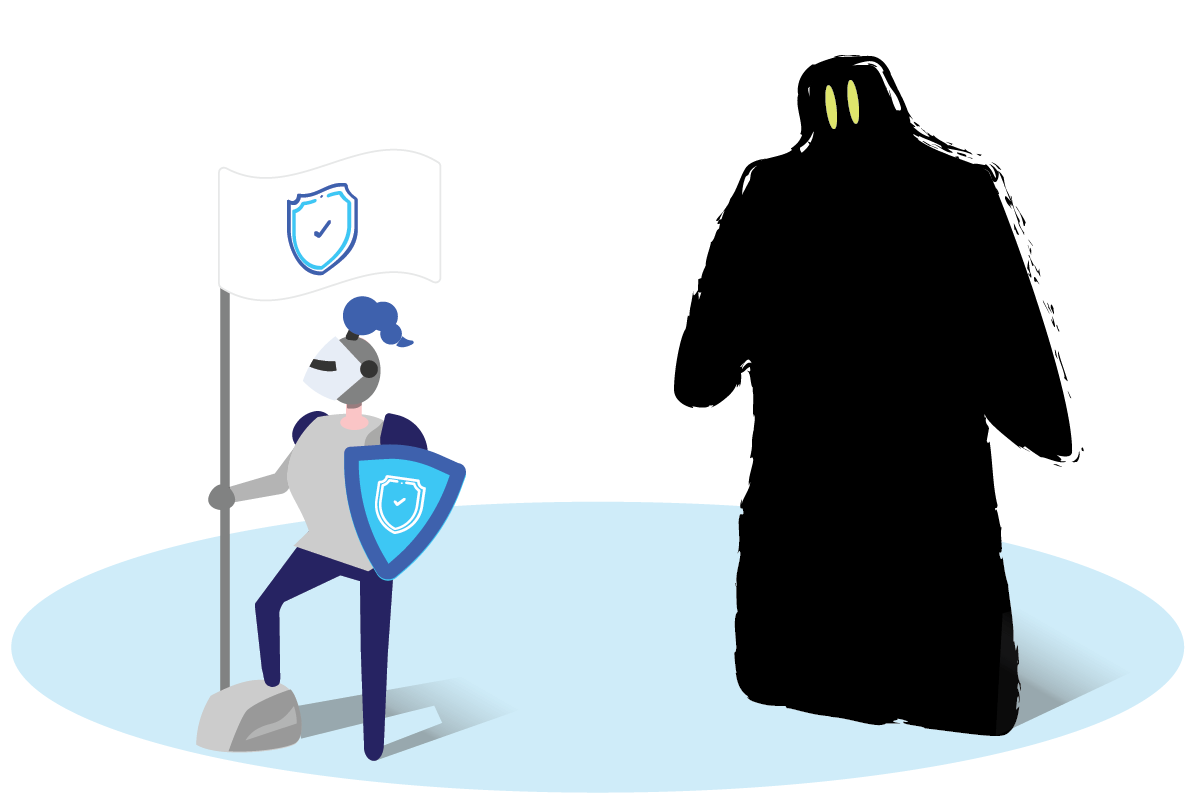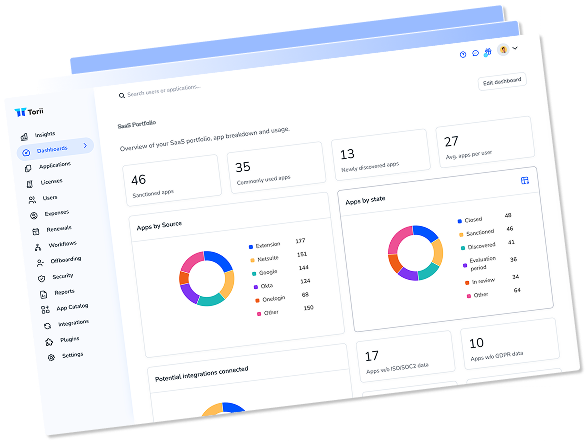Shadow IT is everywhere. Every day, more applications are added in the shadows – outside of IT’s purview.
But, IT is still responsible for the data security of our organizations. Shadow IT might be everywhere, but that doesn’t mean we can simply hope and pray that nothing bad happens.
So the question is – can we have both Shadow IT and SaaS Security?
What is Shadow IT?
You can best think of Shadow IT as the adoption of any technology outside the view and knowledge of the IT department. In the past, this was mostly hardware and sometimes software, but today, the majority of Shadow IT is through cloud applications – also called SaaS.
Cloud apps are easy to try and buy. Anyone with a corporate email can start a trial of freemium software and integrate it with G-suite, Hubspot, or Slack… And that’s the problem.
What is SaaS Security?
SaaS Security is the practice of protecting user privacy and the sensitive data held within cloud applications. Unfortunately, thanks to the accessibility of SaaS applications, this sensitive data is available to almost anyone anywhere. Furthermore, integrations and connections between apps mean that this data isn’t
limited to those applications either. Often the data flows between many applications – increasing the exposure to threat.
So far we’ve established that Shadow IT is terrifying, and SaaS Security seems impossible with it around.
So the answer to the above question (Are they mutually exclusive?) seems to be a resounding “Yes.”
Right?
Not exactly.
Shadow IT does pose threats, but it’s not all bad. While not thrilled about Shadow IT, most IT managers also recognize that it is a critical part of the organization’s ability to grow, innovate, and excel!
The alternative to Shadow IT is a locked-down-red-tape-covered process of application review and approval that doesn’t work for many organizations.
How To Protect Your Sensitive Data
Even with the existence of Shadow IT – we can still take steps to mitigate the associated risks and highlight SaaS Security within the organization.
But to do this, we need a few things in place:
Automation
Automation is a critical part of a SaaS Security Strategy! Users commit many errors, but with automation, we eliminate them and tighten up the SaaS Security. For example, Automated SaaS Management systems can identify when a user adds an unsanctioned app to the tech stack and contacts them immediately. This way, IT can reign in a rogue employee that is oblivious to the risks while keeping up with data security.
Automation can also help automate things like deprovisioning, offboarding workflows, and more things that contribute to security risks.
Endpoint Discovery
Above, I mentioned automation when someone adds an unsanctioned SaaS application; this is possible thanks to endpoint discovery. For example, the SaaS Management system can identify when someone uses their corporate email to sign up for new software. Unfortunately, most tools for SaaS Security are more rigid in implementation and limited on endpoint discovery.
Centralized Observability
Knowing what apps are added is important, but just as important is recognizing which applications are used by employees. Deprovisioning unused licenses will reduce the number of apps through which your sensitive data is exposed. Therefore, part of an effective SaaS Security plan is ensuring that unused applications are removed.
Think about it; nothing would be more frustrating than realizing a data breach occurred from an integration with a tool that nobody uses anymore!
Centralized observability means seeing all of your applications and their usage data so you can trim the waste and get rid of unused apps.
This SaaS Security practice reduces exposure to threats, and it saves you a nice chunk of change along the way!
Not-so-fun fact: Did you know that 35% of app licenses are wasted?
Take Back Control of Your SaaS Security
Shadow IT is a reality – a natural extension of how companies operate now. But, IT can’t throw their hands in the air and cross their fingers against ransomware. Instead, with some practical steps, strategic thinking, and the right technology, IT can incorporate SaaS Security within the organization.
Are you looking for an edge in SaaS Security? We found out that 64% of IT pros plan to add a SaaS Management Platform (SMP) to their Security arsenal. Learn more about why SaaS Management is suddenly a must-have here.

